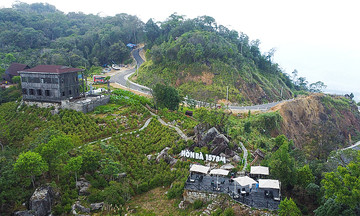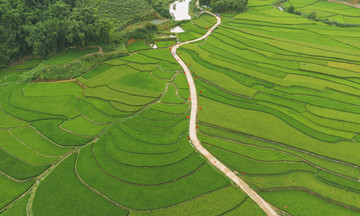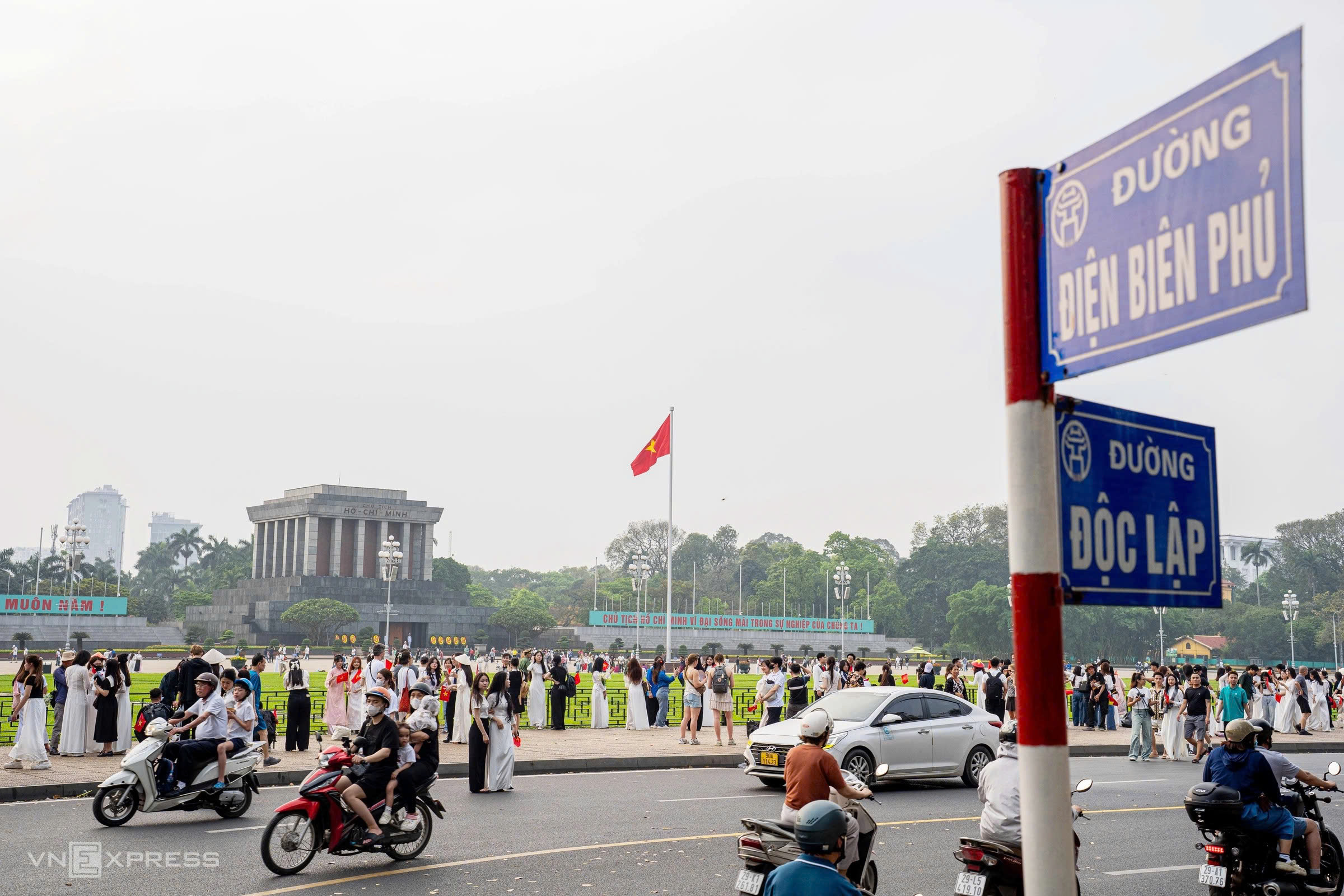 |
According to Claire Boobbyer of the Times, Vietnam, with a population of 99 million and a coastline stretching over 3,000 km, offers countless discoveries, from its friendly people to its vibrant culture. Boobbyer first visited Vietnam in 2004 and has returned many times since.
Her 12 suggested destinations are chosen for their unique character, rich cultural and natural experiences, and lasting impressions.
Hanoi's Old Quarter
Boobbyer calls Hanoi a "living museum of history," a blend of tradition and modernity. She first highlights the Old Quarter, a bustling area with dense shops, narrow alleys weaving with motorbikes, and the aroma of street food. She suggests food tours, exploring old French villas, visiting the Ho Chi Minh Mausoleum, the Temple of Literature, and the Museum of Ethnology, each offering a closer look at Hanoi's distinct culture. Photo: Hoang Giang
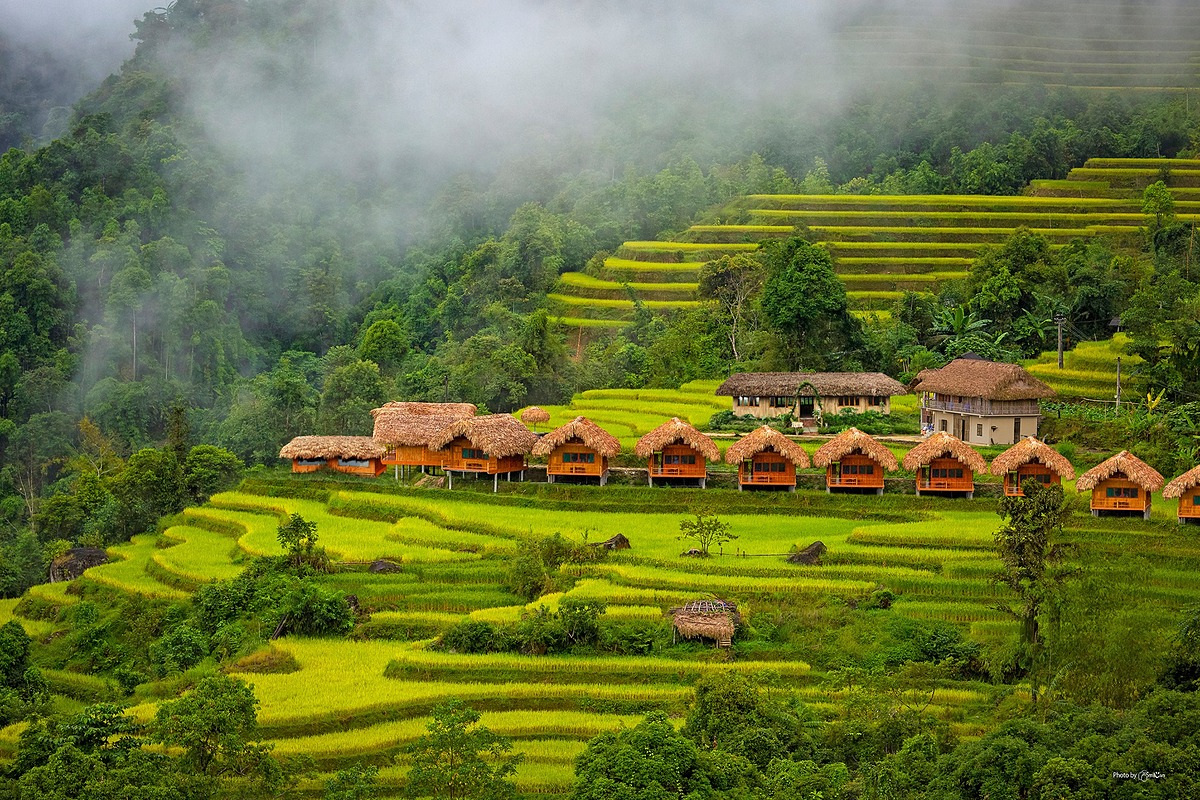 |
Ha Giang
Ha Giang, in the far north, receives high praise from Boobbyer. She describes it as "spectacular and magnificent," where visitors can navigate winding limestone passes, admire terraced rice fields clinging to mountainsides, visit Dao and H’Mong villages, and immerse themselves in the unique rhythms of mountain life. "The landscape here feels like another planet," she says. Photo: Hoang Su Phi Lodge
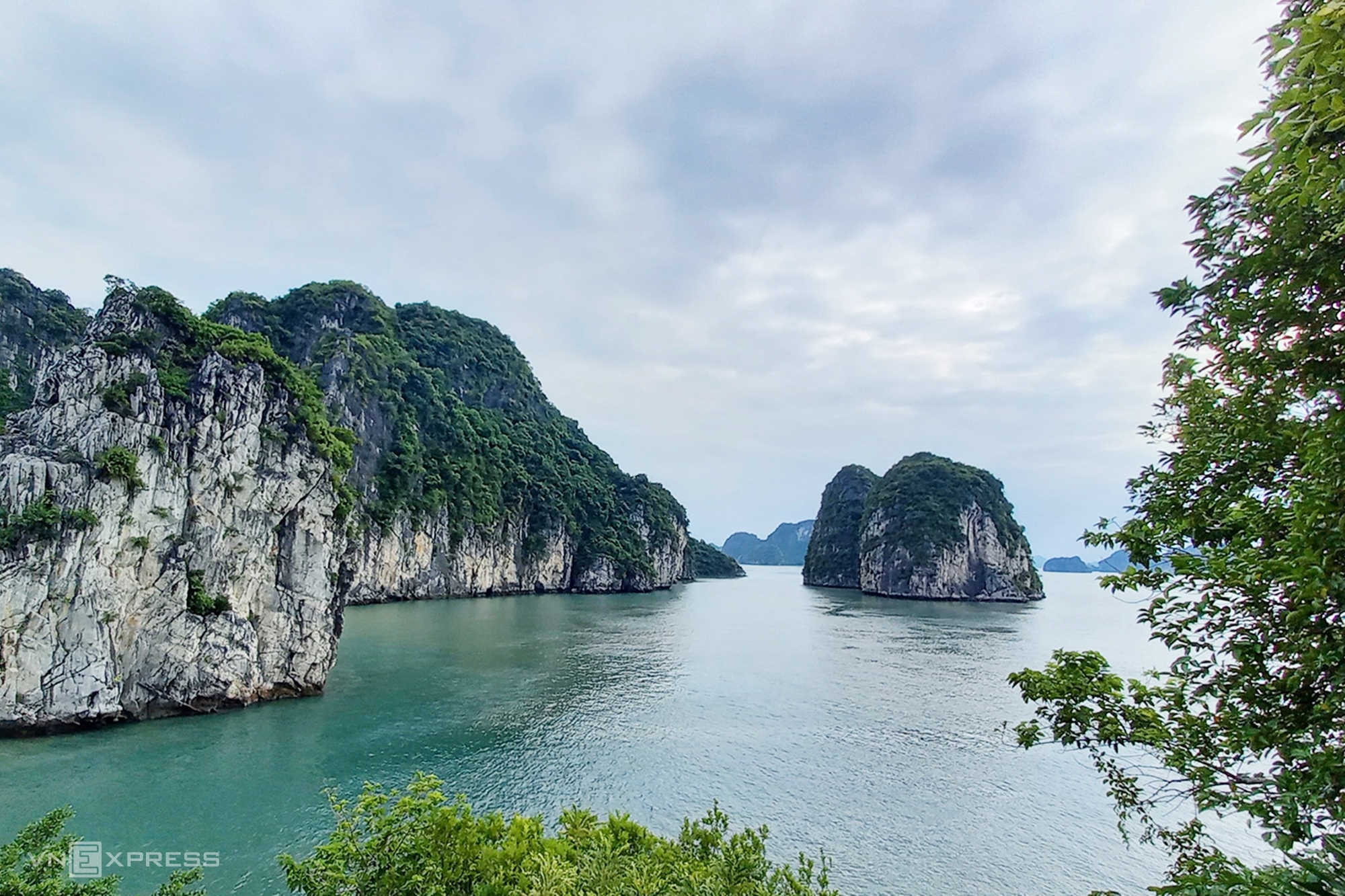 |
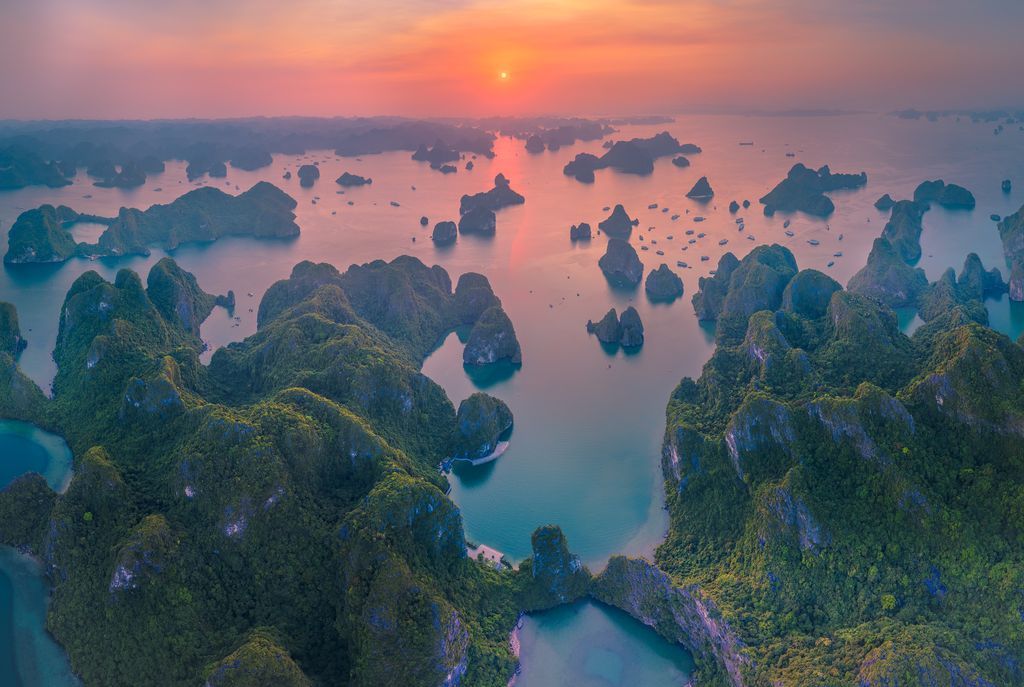 |
Bai Tu Long Bay and Ha Long Bay
Ha Long Bay (previous photo) is a natural wonder, with thousands of limestone karsts rising from emerald waters. Whether shrouded in morning mist or under clear skies, the bay offers a surreal and enchanting experience. For a more tranquil experience, Boobbyer recommends exploring Bai Tu Long Bay, east of Ha Long. She describes it as a lesser-known "limestone fortress," preserving its pristine beauty and tranquility. Two-night cruises delve into smaller bays, offering kayaking through towering rock formations and visits to coastal fishing villages. These two destinations are perfect for those seeking the full beauty of northern Vietnam's islands. Photo: Khanh Tran
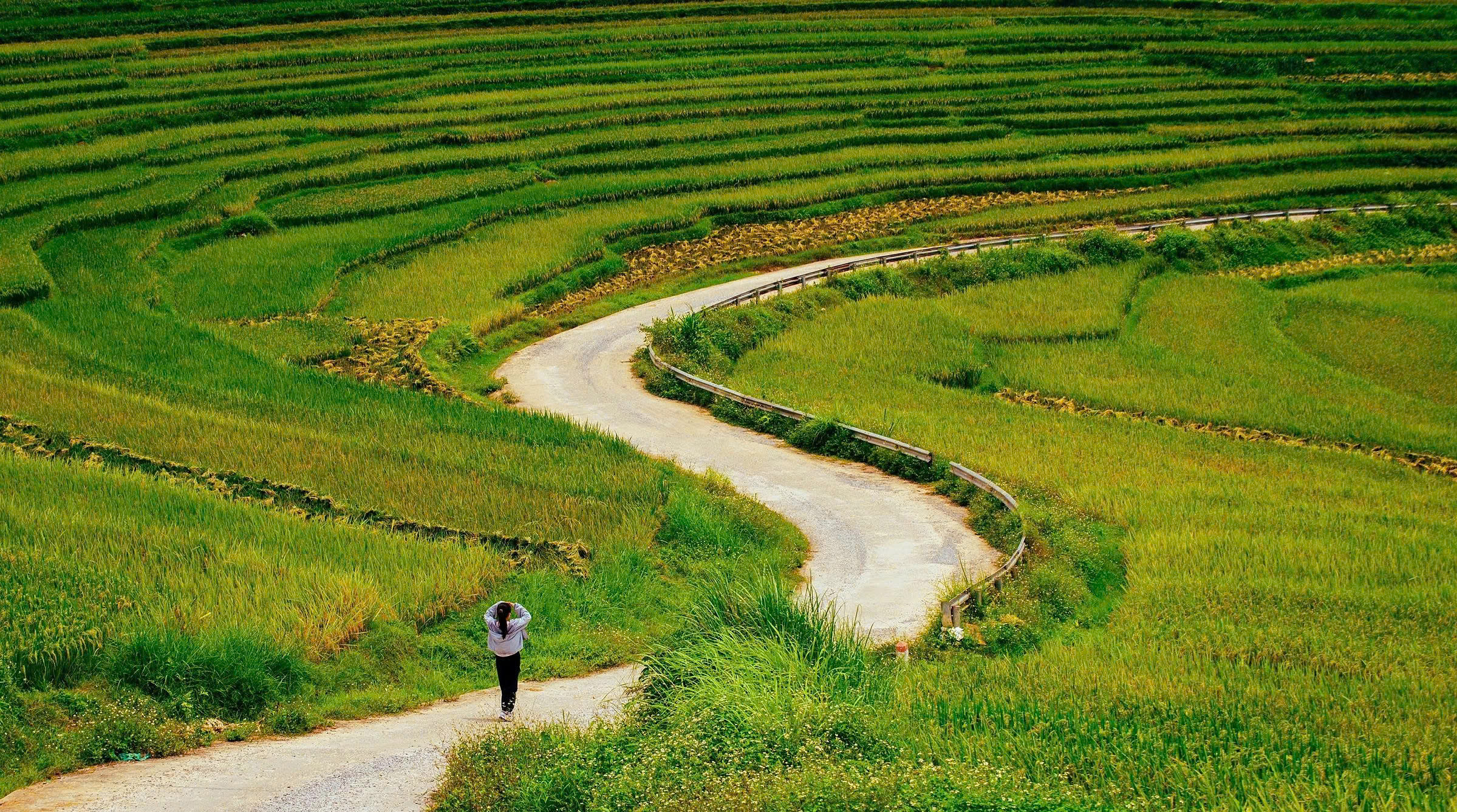 |
Pu Luong
Pu Luong, west of Thanh Hoa province, borders Vietnam and Laos, covering over 17,000 ha. Boobbyer recommends it as an ideal retreat for those seeking tranquility. "Just a few hours' drive from Hanoi, you enter a different world of rice paddies, fruit orchards, Muong villages, and water wheels turning slowly beside streams," she says. Visitors can enjoy trekking, bamboo rafting, or relaxing in eco-lodges nestled in nature. Photo: Nguyen Trong Cung
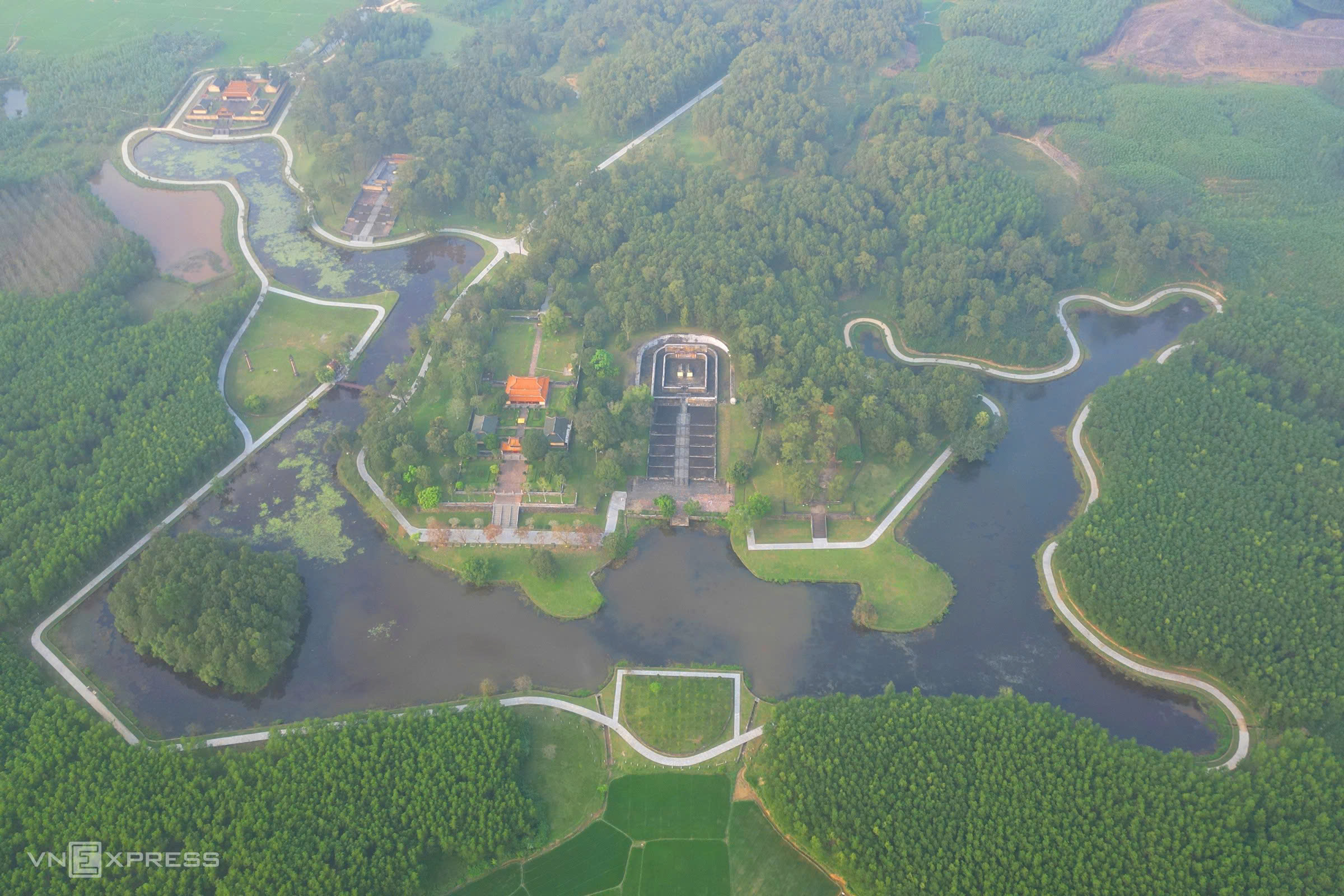 |
Hue City
Hue, the former political and cultural center of the Nguyen Dynasty, Vietnam's last feudal dynasty, boasts majestic and mystical royal tombs. These tombs showcase a harmonious blend of classical architecture, Confucian elements, and feng shui, situated along the Perfume River amidst gardens, streams, stone statues, and burial grounds, painting a serene picture of a bygone royal era. Boobbyer considers Hue an essential stop, preserving the essence of royal cuisine with thousands of dishes once elaborately prepared for royalty. From Hue, visitors can also visit the former Demilitarized Zone (DMZ) that divided North and South Vietnam under the 1954 Geneva Accords. Photo: Vo Thanh
 |
Da Nang
Da Nang, according to Boobbyer, blends history with modern vibrancy. The city offers pristine beaches, clear blue waters, and luxury resorts like the Four Seasons and the InterContinental Danang Sun Peninsula Resort, nestled in the Son Tra Peninsula's primary forest and designed by architect Bill Bensley. Beyond its beaches, Da Nang offers glimpses into ancient culture. The Museum of Cham Sculpture showcases sandstone works from the Champa Kingdom. At night, the Dragon Bridge's fire-breathing and water-spouting spectacle symbolizes the dynamism of this central coastal city. Photo: Nguyen Dong
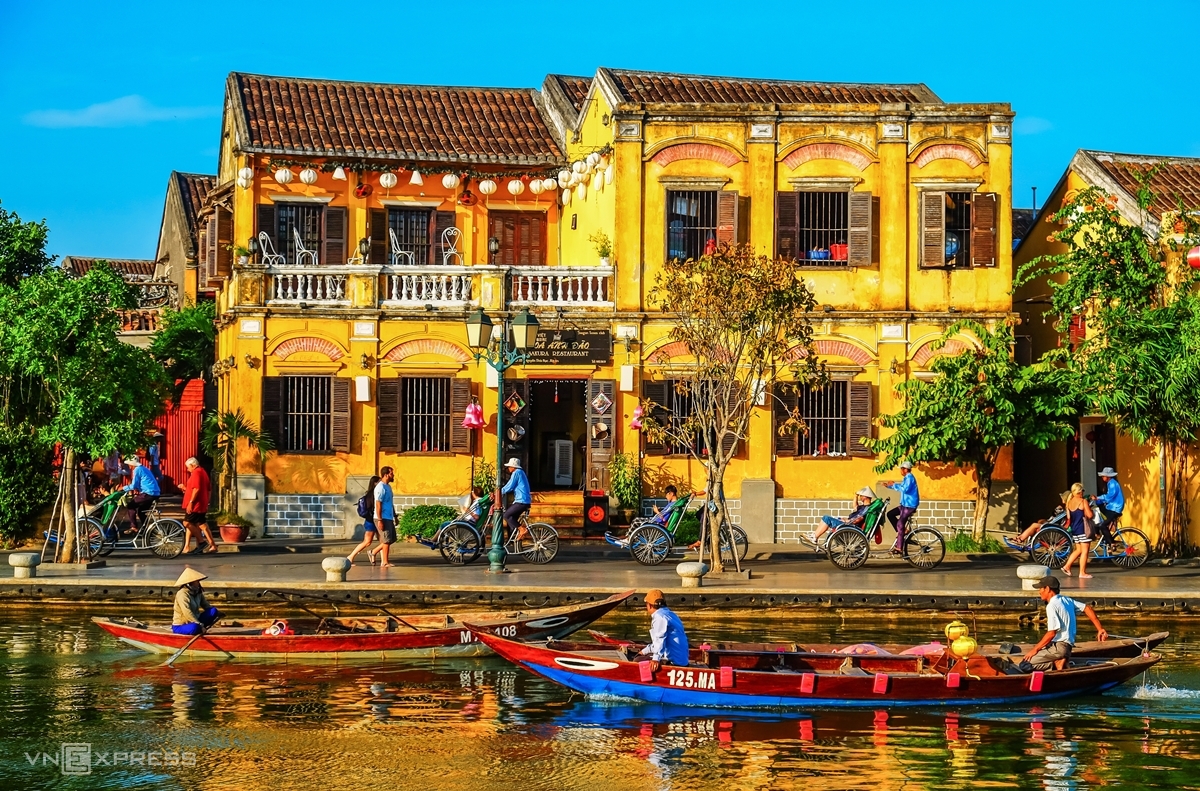 |
Hoi An
Despite its popularity, Hoi An retains a peaceful, ancient charm, according to Boobbyer. A bustling trading port since the 17th century, it preserves temples, ancient houses, and traditional craft shops. Bright yellow one-story houses line narrow streets, glowing with lanterns at night along the Thu Bon River, creating a nostalgic and poetic atmosphere. Hoi An also entices with street food like cao lau and banh mi, and its custom tailoring services. For a change of pace, Boobbyer recommends An Bang Beach, a few kilometers from the center, for relaxation under coconut palms. Photo: Nick M
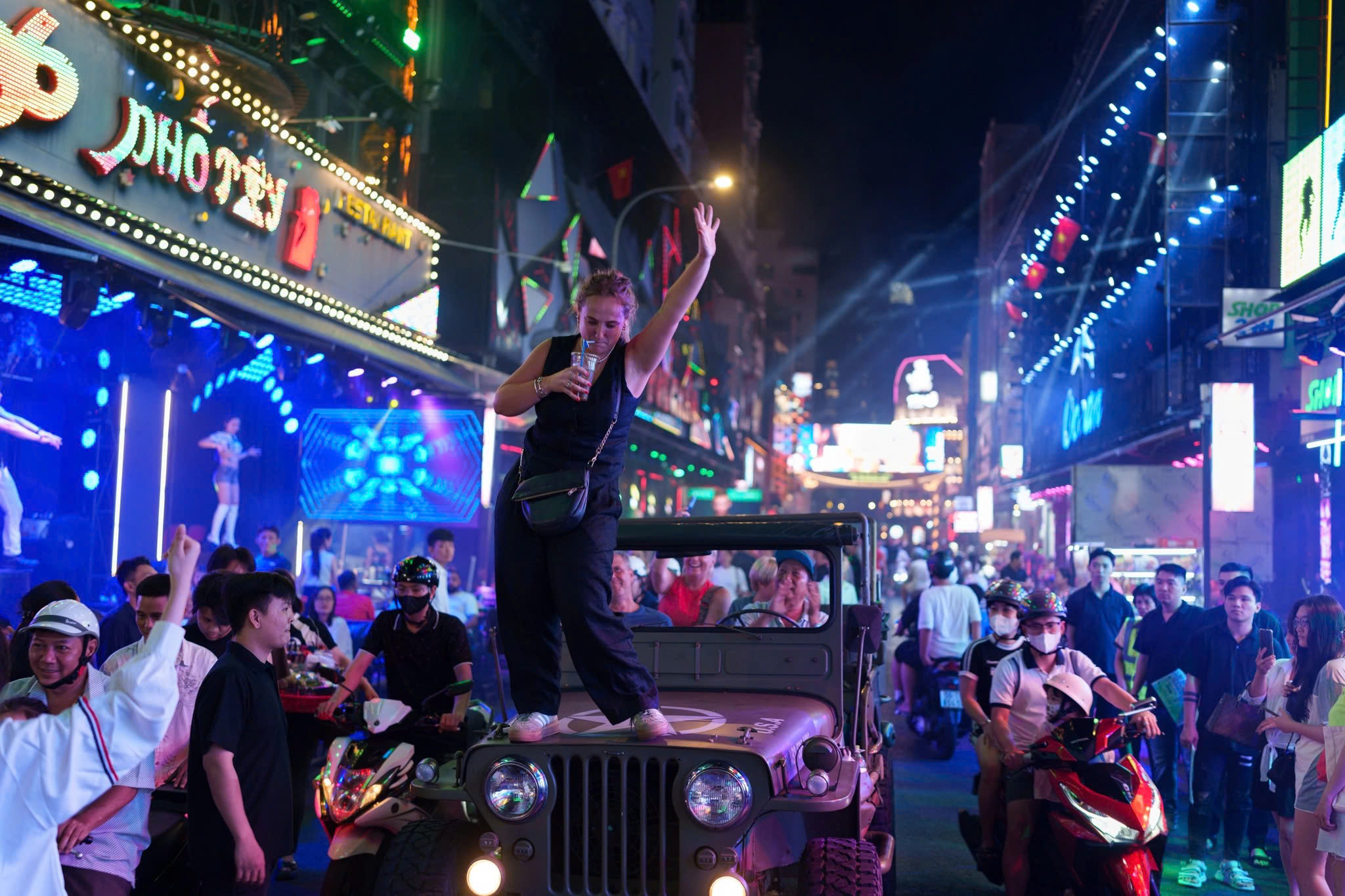 |
Ho Chi Minh City
Ho Chi Minh City is a bustling metropolis with over 9 million people and 8 million motorbikes, a vibrant blend of modernity and tradition. Boobbyer suggests experiencing the city from the back of a motorbike, a genuine way to feel its pulse. It's also a street food paradise, offering pho, banh mi, grilled pork vermicelli, and iced coffee, a symbol of southern Vietnamese coffee culture. Photo: Thanh Tung
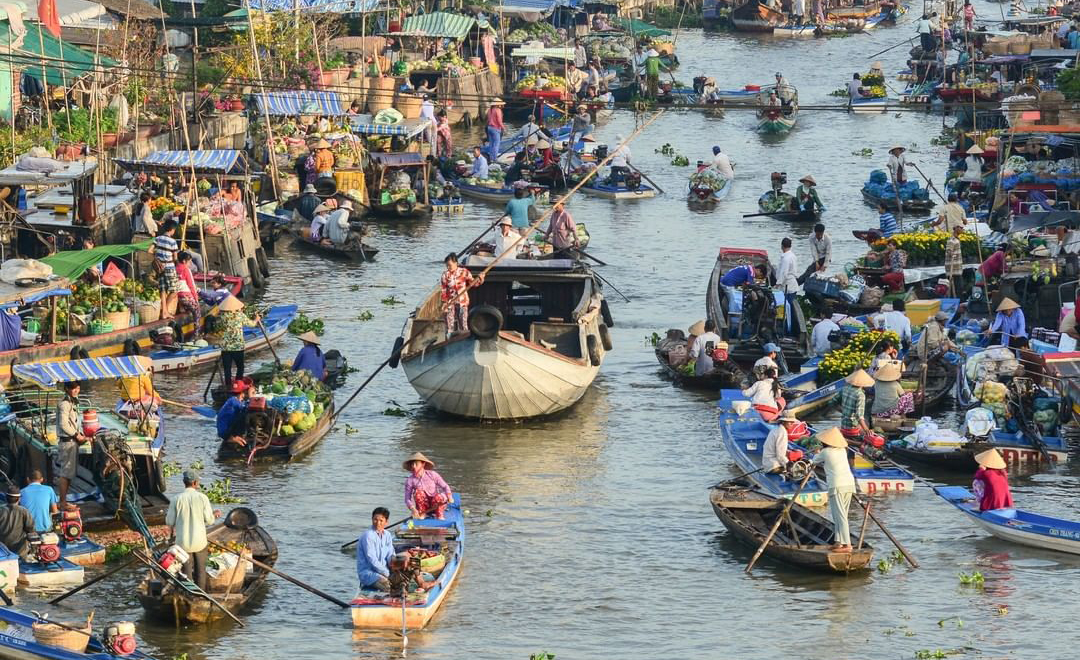 |
Mekong Delta
The Mekong Delta offers an authentic slice of life in the western river region, according to the Times journalist. With bustling floating markets, lush orchards, ancient temples, and the unique lifestyle of the Mekong's inhabitants, she recommends boat trips through narrow canals, enjoying fresh coconuts, bananas, and mangoes straight from the orchards, and experiencing the slow, simple, yet fascinating rhythm of southern Vietnam. Photo: @maiglobetravels/Instagram
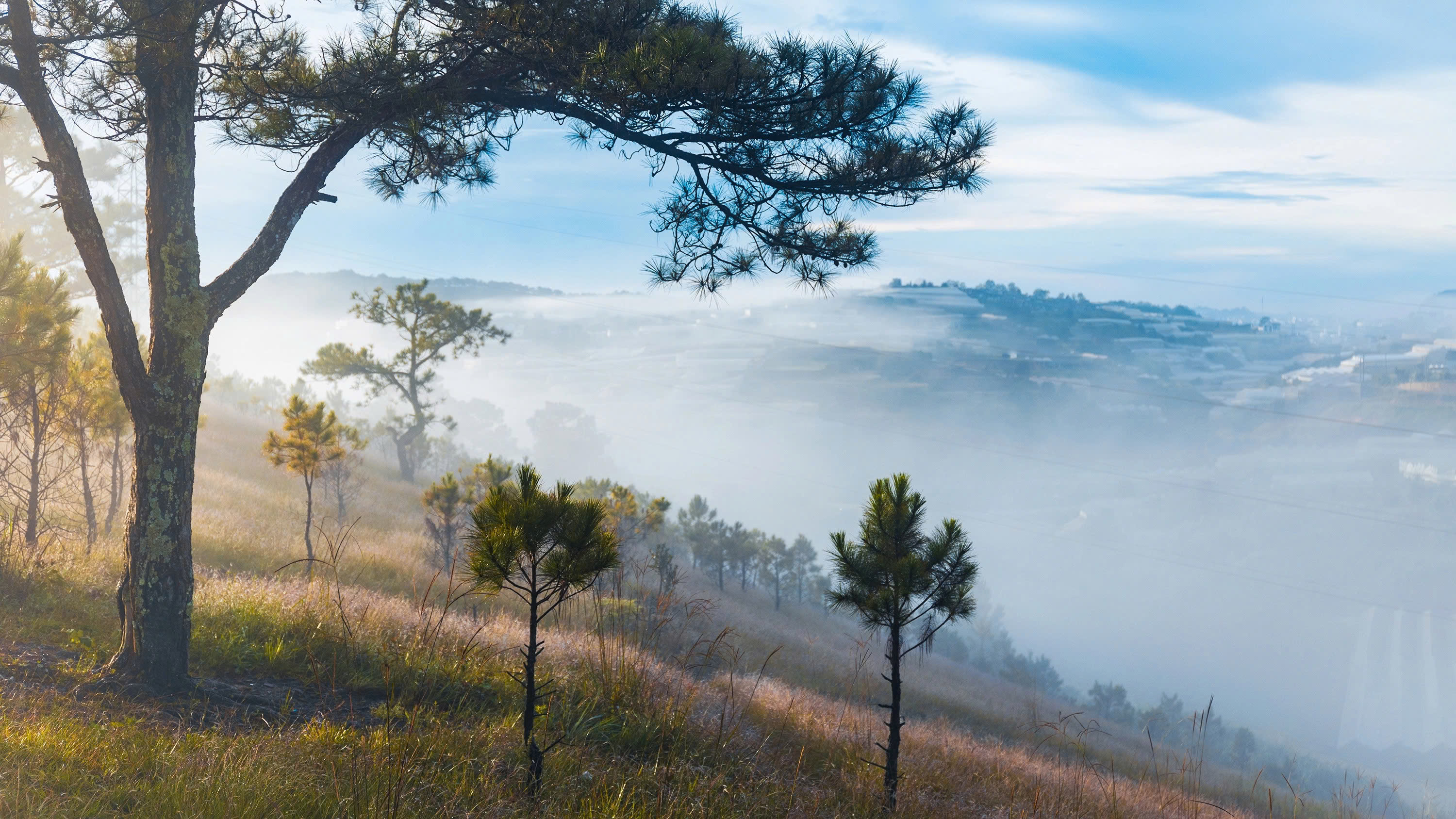 |
Da Lat
Boobbyer suggests Da Lat as a unique and somewhat quirky destination, blending classic beauty with spontaneous creativity. This highland city is surrounded by pine forests, features a picturesque central lake, and enjoys a cool, pleasant climate year-round. European-style villas from the early 20th century now serve as hotels, museums, or art spaces. The French-built Da Lat Railway Station, with its European architecture, particularly impressed her. Da Lat also boasts cafes, bars, and unique photo spots. Photo: Nguyen Ngoc Thien
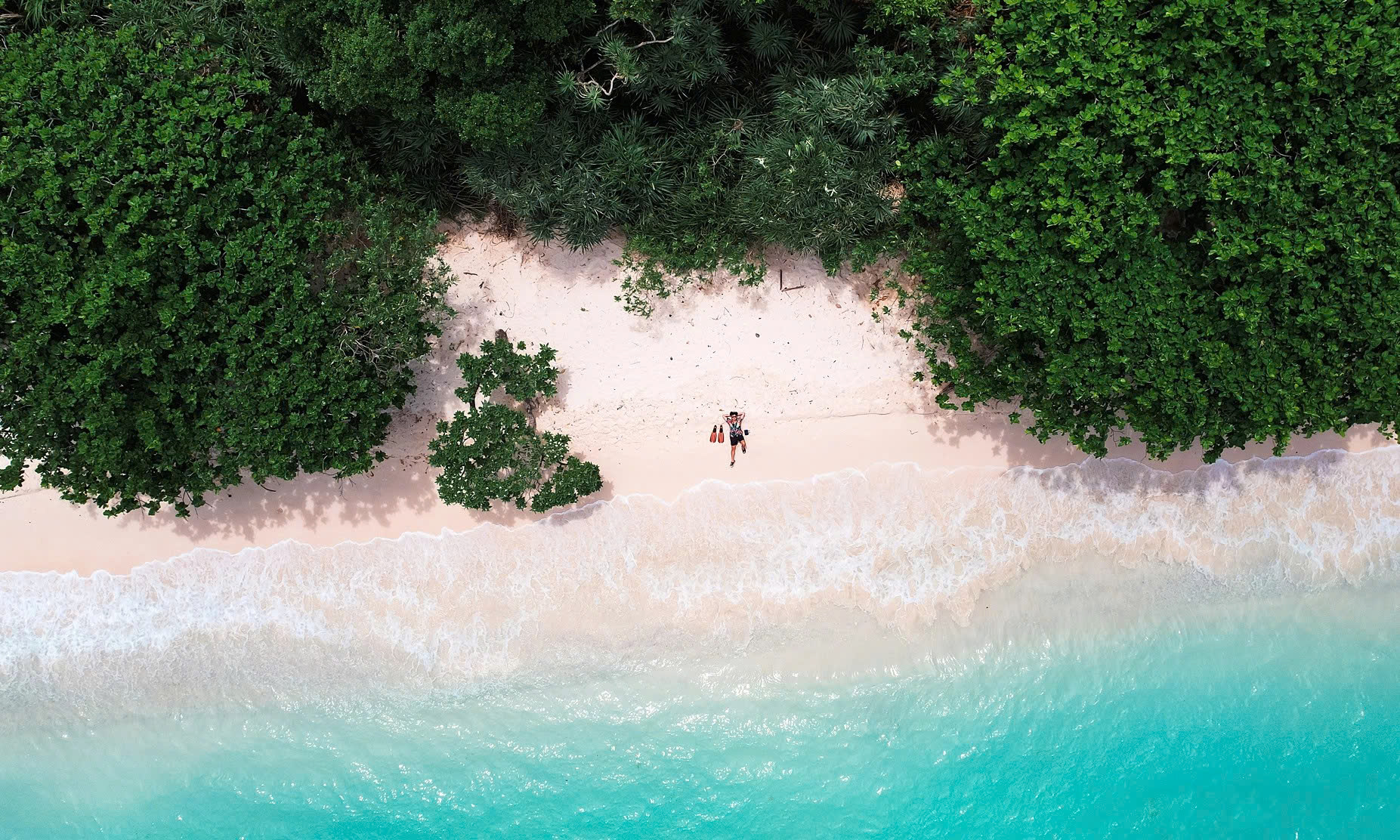 |
Con Dao
Once a prison island, Con Dao now presents a different face, Boobbyer explains. It's a nesting ground for sea turtles, and its surrounding waters are home to coral, dugongs, and dolphins. Part of the island is a Ramsar site, the only marine one in Vietnam. Visitors can immerse themselves in pristine nature, with forests, beaches, and white sand. Activities include hiking, snorkeling, and exploring historical sites like the Con Dao Museum and Hang Duong Cemetery, the resting place of thousands of revolutionary soldiers.
Boobbyer notes that Vietnam is a country where every return reveals something new, whether a different perspective on the people, the scenery, or simply a local dish yet to be tasted.
"The hospitality, vibrant energy, and diverse experiences here never cease to amaze me," she says. Photo: Vinh Gau
Tuan Anh (According to the Times)



